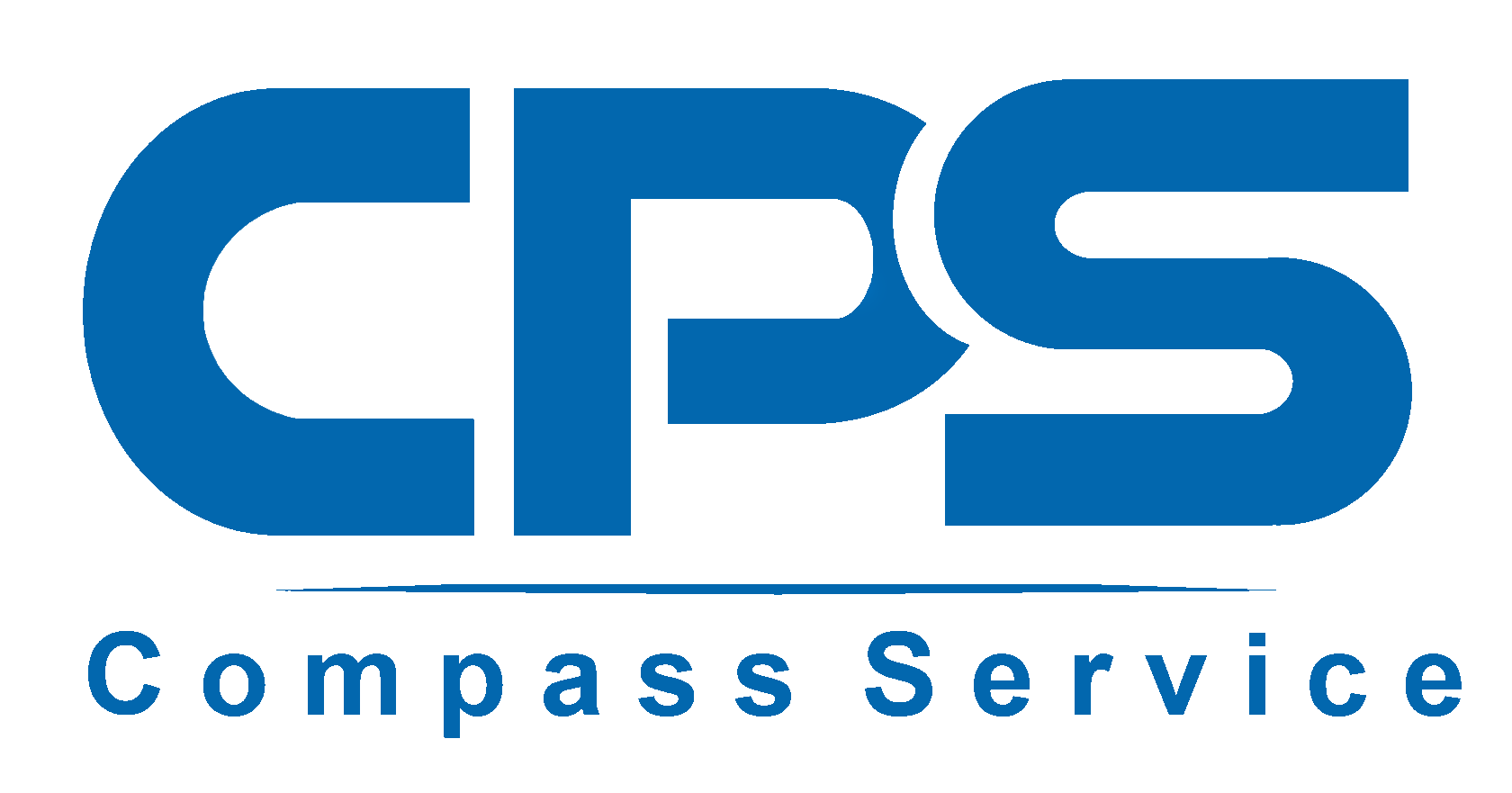Solutions for Oil and Gas Industry
Integrated Oil Pipeline Seurity System

Features of Integrated Security System
- Ensuring the safety of technological equipment;
- Obstruction of free access to the territory of oil pipeline infrastructure facilities;
- Notification of incidents to the personnel of the dispatching service and security service, ensuring the possibility of prompt response to emergency situations in the event of an accident or unauthorized entry to the facility;
- Archiving of incoming information (alarms, audio and video materials) for the subsequent assessment of the response time and adequacy of personnel actions in the elimination of emergency situations as well as for creation of an evidence base in case of illegal actions of third parties.
lower and upper
- Security and fire detectors;
- Access control equipment;
- Sound and light fire alarm devices;
- Perimeter security systems;
- Video surveillance equipment;
- Audio communication equipment;
- PLC controllers;
- IP audio and video servers.

- Security system servers;
- Video surveillance servers;
- Automated workstations (AWS) of the dispatcher and operational duty officer.
- To control the means of security alarms and generate an alarm in case of unauthorized entry into the secure facility;
- To control fire protection equipment and generate an alarm in case of fire or smoke at the facility;
- To perform continuous video surveillance of the territory of the facility with the ability to record alarms and motion detection;
- To perform multi-level control and management of personnel access to the territory of the facility;
- To provide two-way voice communication of the facility with the console of the duty officer as well as broadcasting the duty officer’s speech on the site through the speakerphone;
- To apply methods of psychological influence in case of attempted unauthorized entry into the facility (flooding the territory of the facility with bright lighting, turning on the high sound pressure alarm, voice messages over the speakerphone);
- To perform archiving of all information with reference to time.
Oil Leak Detection and Localization System
- Identification of oil pipeline depressurization;
- Determination of the location and time of the leak.
The proposed leak detection system is a combined one. It implements four algorithms for detecting and localizing leaks at once:
- Mass balance method,
- Wave method,
- Pressure profile method,
- Method for pressure control in isolated sections.
The pipeline leak detection system works in conjunction with the SCADA control and data acquisition system receiving information on the process equipment operation from it to account for changes in all physical parameters caused by the operation of pumps, valves and other process equipment. The leak detection and localization system registers all deviations of the calculated parameters received from the devices and notifies the operator about the results of the analysis.

- Overhead ultrasonic flowmeters (installed after about 100 km);
- Highly-accurate fast response pressure sensors (installed after 20-30 km);
- Attachable oil and soil temperature sensors (installed with each flowmeter, the need for their installation at other CUs is determined during the facility inspection)
- Local stations with JPS-based precision time service that collect data from process measurement instruments;
- Server of the leak detection system and AWS of the leak detection system.
- Calculation of pipeline service life;
- Emergency shutdown of pumps;
- Cyclic forecasting of the pipeline network state;
- Analysis of the volume of product contained in the pipeline;
- Long-term accounting;
- Efficiency calculations;
- Reports on batches of a product;
- Optimization of pump operation;
- “What-If” simulation modeling.
The proposed application programs can be integrated into the SCADA system and can significantly expand its functional capabilities.
The proposed complex of hardware and software is an open system that allows subsequent expansion and modernization of both the system as a whole and its individual subsystems and modules. Installation of equipment is carried out on a working oil pipeline without stopping technological processes.
In addition, our company is ready to upgrade obsolete automation equipment and systems installed on previously built pipelines to a modern level.

- ✉
- info@compasservice.kz
- ☏
- +7 771 311 1782
- ➤
- Oteshkali Atambayev Street, 13А , Atyrau, Kazakhstan
- ✉
- info@compasservice.kz
- ☏
- +7 771 311 1782
- ➤
- Oteshkali Atambayev Street, 13А , Atyrau, Kazakhstan
